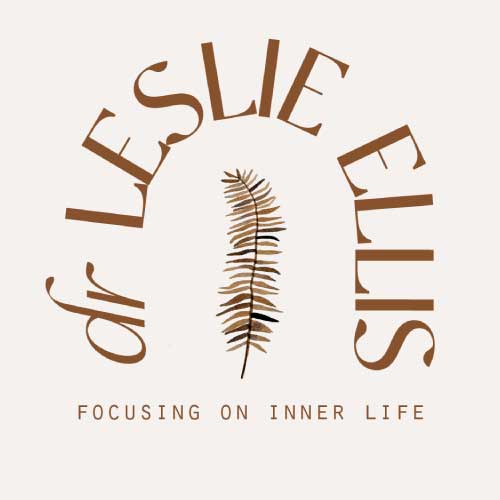Why should we work with dreams? For psychotherapists, dream work can deepen and accelerate the process of therapy. Many clinicians and clinical training programs reject dream work as too esoteric or antiquated for modern psychotherapy, but I believe the ability to work with client’s dreams is an essential aspect of a course of psychotherapy, and a critical part of any therapist’s skill set. Dreamwork is how the whole enterprise of psychotherapy began, and I can offer numerous reasons to bring psychotherapy back to its dream-centric roots.
I will begin with a personal example which demonstrates how dreams can facilitate more efficient therapy by bringing the conversation right to the heart of matters that concern us most deeply. This story will show how dreams can reach far back into our personal history and weave together experiences that have important features in common.
A matter of life and death
The subject of this clinical example is literally a matter of life and death. I was born two months’ premature, just three pounds and although survival rates for preemies have improved dramatically since the mid-60s, back then I was not expected to survive. While I have no explicit memories of those first precarious days, I know that at the time, there was no understanding of the physical holding and comfort every newborn needs to thrive. Instead, we were kept in pristine incubators and touched only as needed to meet our basic needs because germs were considered the biggest threat to survival. It was almost two months before I was deemed healthy enough to go home, so my start in life was marked by minimal physical contact and a deep sense of aloneness.
I had another near-death experience 17 years later. Feeling all the invincibility of an adolescent, I attempted to dive under a waterfall into a glacial mountain river. I got caught in a strong current that pulled me deep under the surface. Many years later, I had a vivid dream that blended images of both of these experiences. I was in a clear glass box that was caught in the whirlpool of a river, and when I reached out for help, no one was there. The dream brought intense feelings and sensations of that day on the river back to life and it put me in direct contact with a deep, familiar sense of aloneness. I was in therapy at the time with a Jungian analyst so naturally, I told him this dream. In that unforgettable session, we enacted the dream, and when I reached out for help, he took a firm grasp of my hand and met me there, reaching across the years and letting that newborn part of me feel his clear and solid contact. It was so unexpected it sent a shock wave through my body.
Working with the dream increases its impact
The work we did with that dream was probably the most profound of any therapy I have done. Yet if I had not had the dream, I think I might have stayed with more everyday subject matter. This dream took me into much deeper, more meaningful terrain and was a catalyst for change at an implicit level that is difficult to describe. Some impactful dreams bring about changes like this all by themselves, but sometimes, as in this case, the dream was the catalyst, but the change took place in the context of therapy. I would suggest that even if the dream itself is transformational, working with it in therapy provides a venue for integration of the insights and concrete realization of the changes the dream has the potential to engender. Dreams unfold in the telling, and can stay relevant and alive, and at various stages in our lives can reveal additional facets of meaning.
Clinicians who do not pay attention to their clients’ dreams are missing an opportunity to add a compelling dimension of depth, meaning and emotional authenticity to the therapy process. Other benefits of working with dreams in clinical practice include the fact that dreams are creative and engage clients in the therapy process. They point to our most salient emotional concerns. They bypass our internal editing process and normal defenses, and so are unflinchingly honest representations of our life situation. Dreams can bring a new and wider perspective on a situation that seems otherwise stuck. They provide diagnostic information and can be indicators of clinical progress. They help to regulate our emotions, and working directly with the feelings dreams engender may strengthen this positive effect. They can be a safe pathway to working with trauma. The ‘big’ dreams we occasionally experience can literally change our lives, and dream therapy can facilitate and integrate this transformation.
Much of what we know about how clinicians use dreams in their practice is captured in a meta-analysis conducted by Pesant and Zadra. The researchers found that while most therapists do work with dreams at least occasionally in their practice, the majority are not comfortable doing so because they feel they lack expertise or the necessary specialized training. In fact, it is most often the clients, not the therapists, who initiate dream work. The study also found evidence that dream work helps increase clients’ self-knowledge and insight, and increases their commitment to the therapy, which can be a predictor of good therapy outcomes.
Each of the benefits of dreamwork is discussed more fully in the book I have just written about the clinical use of dreams, and I will also address these benefits in future blog posts. However this post offers one of the most compelling reasons to do dreamwork with your client: because dreams allow your clients to take a deep dive into the things that matter most.

